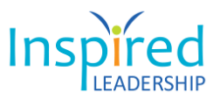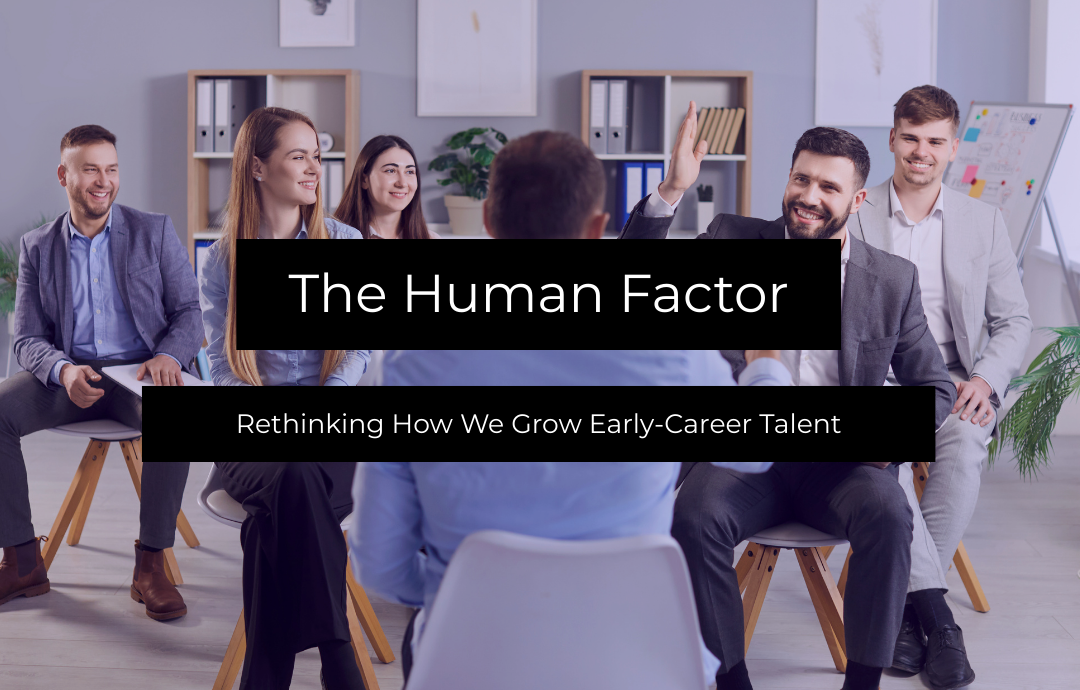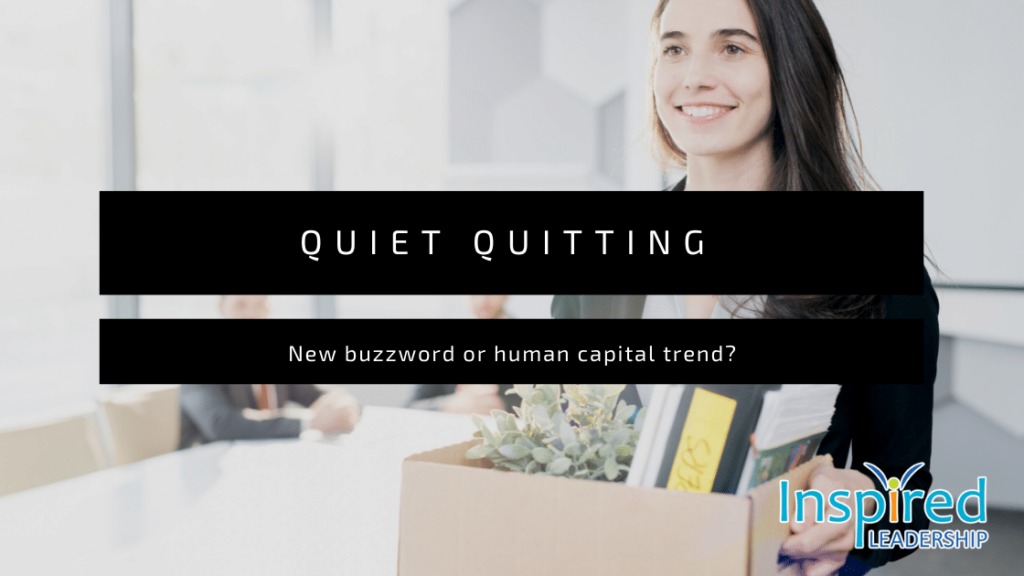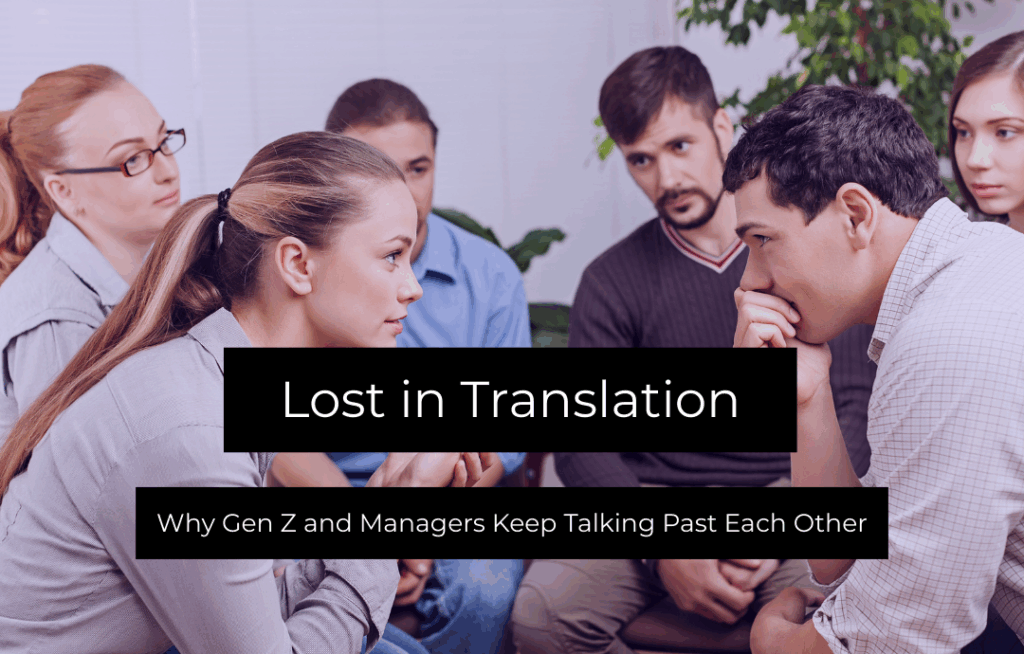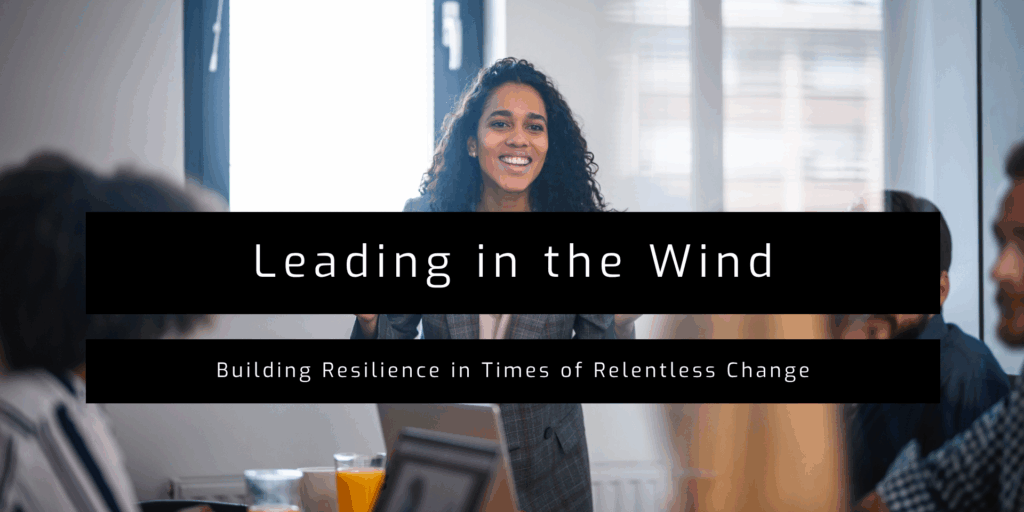Exam season is well upon us! End of Matric, end of year certificates and degrees. In January and February, the workplace is flooded by enthusiastic young adults who transition between the structured world of academics and into the unstructured, often vague workplace.
There are high expectations that these new recruits will bring fresh talent and ideas on the one side, and high expectations that their new shiny qualifications will grant them access to amazing opportunities and access to a fast-track career on the other.
A few months in, and there is often disillusionment on both sides. Turns out the workplace is filled with work! And it is a lot less sexy than most young people see on Netflix and Instagram. And the bright-young-things that joined the company aren’t as well adjusted “as we were at that age”, causing tension and frustration.
And turnover. Maybe not in the middle of their first year. But disengagement shows up in different ways: decreased productivity, missed deadlines, late-coming, minimal effort work products, lack of enthusiasm and no initiative, etc.
Graduate programs and internships aim to bridge the gap and equip early career entrants with what it takes to thrive. But often fall short on methodology.
The Hidden Design Flaws
Across industries, organisations keep repeating the same mistakes when it comes to developing early-career talent.
Timing.
Training often arrives too soon, before employees have hit the friction of real work. Without that “burning platform” moment, the learning feels theoretical. They haven’t failed yet, so they can’t connect the lesson to a lived experience.
Mentorship.
New employees are usually paired with senior leaders who’ve long forgotten what it feels like to be new. The result is abstract advice, “Be more confident.” “Take feedback better.” But no one shows them how. They don’t get the behavioural scaffolding that turns intention into action.
Learning design.
Too much of corporate learning still happens in classrooms. It looks interactive, but it rarely transfers into daily behaviour. The most powerful learning moments happen later, in reflection, application, and feedback. That’s where skill turns into mastery.
When timing, mentorship, and design are misaligned, learning doesn’t stick, and retention collapses. Because when people don’t feel supported in the work itself, they leave.
From Knowing to Deconstructing
The truth is, most leaders don’t know how to teach what they do well. They operate from unconscious competence, instinctively good at building trust, managing conflict, or navigating ambiguity, but unable to break those skills down into teachable steps.
“The Human Factor” changes that. We teach leaders to deconstruct human skills, to translate intuition into micro-behaviours that early-career entrants can observe, practice, and repeat.
For a generation raised in a digital world, where information is instant but connection is fragile, this kind of clarity builds confidence fast. Learning becomes less about knowledge gain and more about practical instruction that works.
Mental Stamina: The Real Competitive Advantage
The data is sobering.
UNICEF South Africa’s 2023 U-Report found that 70% of youth aged 15–24 said they needed mental health support, and 48% were most anxious about building skills for future employment.
We’re seeing a generation raised in comparison culture, overprotected from failure, yet underexposed to risk.
Fear of failure becomes fear of initiative.
That’s why The Human Factor treats well-being as mental stamina training, not therapy.
We teach participants to reframe stress as necessary pressure for growth, to use failure as data, and to regain control over their own thinking. The result is not just resilience, it’s momentum.
When early-career talent learns how to manage their mindset, they unlock performance from the inside out.
Making Culture Tangible
For many new hires, the workplace feels like a foreign language.
“The Human Factor” starts by decoding it through a powerful orientation where we understand The Business of Business.
Participants explore how the company actually makes money, who its customers are, and how every role contributes to the system. They map their internal customers, identify the ripple effects of their actions, and connect behaviour to business impact.
This builds systemic acumen and ownership early.
They stop asking, “What’s my job?” and start thinking, “How does my work drive value?”
That’s how culture becomes real.
Mentorship That Builds Safety
Traditional mentorship often fails because it sits too close to authority. When your mentor also manages your performance, honesty is impossible.
By pairing entrants with mentors outside the reporting line, The Human Factor creates psychological safety, a space where employees can ask hard questions without consequence. These mentors act as translators, guiding entrants through the unwritten rules of organisational life.
We often use emerging leaders as mentors, too, those learning to lead without formal authority. They’re close enough in experience to give advice that’s empathetic, relevant, and real.
This structure makes mentorship both human and practical.
Feedback, Accountability, and Learning That Sticks
Feedback can feel like failure for this generation.
That’s why The Human Factor turns peer groups into engines of accountability.
Participants learn feedforward, feedback focused on future action, not past mistakes. They hold one another accountable for practising the micro-behaviours they’ve learned.
Learning happens in short loops: learn it, apply it, reflect on it.
It’s not about perfection. It’s about practice.
And that’s what makes it stick.
The Measurable Shift
Within months, organisations start to see visible change.
Early-career employees show higher initiative, stronger self-awareness, and real accountability. Managers report less handholding and more ownership.
Sometimes, it even creates positive pressure on mid-level leaders, the “muddy middle.” When new entrants raise the bar, everyone around them grows.
That’s how development becomes systemic. Not a course. A culture.
The Future Is Human
AI is taking over data-driven work.
What remains is distinctly human: collaboration, empathy, feedback, and creative judgment.
That’s why The Human Factor is designed to future-proof talent pipelines. It builds learning agility, emotional intelligence, and social connection, the skills that can’t be automated.
Because the future of leadership won’t belong to those who know the most.
It will belong to those who can stay most human.
Learn more about how Inspired Leadership is shaping the next generation of leaders:
https://inspiredleadership.world/contact-inspired-leadership/
References
Fortune (2023). Why Gen Z Workers Are Getting Fired at Higher Rates. Available at: https://fortune.com (Accessed: 29 October 2025).
UNICEF South Africa (2023). U-Report: Youth Mental Health and Skills Anxiety Data. Available at: https://www.unicef.org/southafrica (Accessed: 29 October 2025).
Vice (2023) Gen Z Workers Keep Getting Fired. Here’s Why. Available at: https://vice.com (Accessed: 29 October 2025).
Inspired Leadership (2025) The Human Factor: Early Career Development Framework. Johannesburg: Inspired Leadership.
